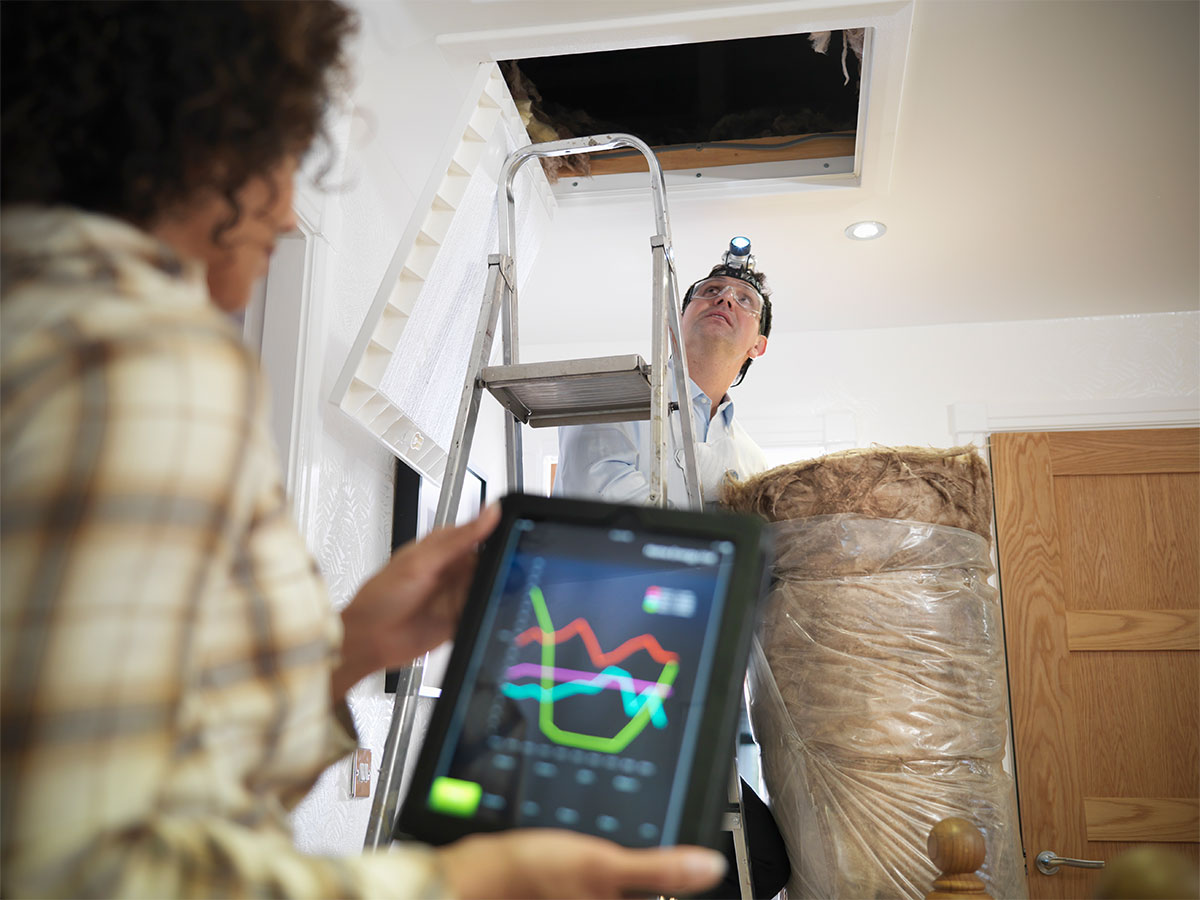
In our quest for a sustainable future and reduced energy consumption, understanding the energy efficiency of our homes is essential. Thankfully, the U.S. Department of Energy (DOE) is taking a proactive approach to help homeowners make informed decisions about energy usage.
One of their valuable resources is the Home Energy Assessments page on the official DOE website. In this blog post, we’ll explore the information contained on this website and learn how home energy assessments can unlock significant energy savings and enhance overall efficiency.
What is a Home Energy Assessment?
A home energy assessment, also known as an energy audit or home energy evaluation, is a comprehensive analysis of a home’s energy usage and efficiency. The assessment involves a detailed inspection of various aspects, such as insulation, heating and cooling systems, appliances, and air leakage points. Through this assessment, homeowners can clearly understand their energy consumption patterns and identify potential areas for improvement.
Why Should You Consider a Home Energy Assessment?
Home energy assessments offer several benefits, both for homeowners and the environment. By identifying energy inefficiencies and implementing recommended improvements, homeowners can:
Save Money:
A home energy assessment provides insights into energy-saving opportunities, allowing homeowners to make informed decisions about reducing their energy bills. Through recommended upgrades, such as sealing air leaks, improving insulation, or upgrading to energy-efficient appliances, substantial cost savings can be achieved in the long run.
Increase Comfort:
Assessments help identify sources of drafts, insufficient insulation, or heating and cooling system inefficiencies that may compromise the comfort of your living spaces. Addressing these issues enhances overall comfort, ensuring consistent temperatures throughout the home.
Enhance Indoor Air Quality:
A home energy assessment evaluates the air quality inside your home, highlighting potential issues such as inadequate ventilation or pollutants. By addressing these concerns, you can improve the health and well-being of your household.
Reduce Environmental Impact:
Lowering energy consumption in your home contributes to a greener future by reducing greenhouse gas emissions and conserving natural resources.
How to Get a Home Energy Assessment
The DOE website provides guidance on how to schedule a home energy assessment. It suggests contacting local utility companies or energy service providers offering energy assessments. Additionally, some state and local governments may provide incentives or subsidies to encourage homeowners to undergo energy assessments, further reducing the financial barrier.
What to Expect
The typical process of a home energy assessment involves a trained energy professional visiting your home to conduct a thorough evaluation. The professional will examine your heating and cooling systems, insulation, and appliances, and perform tests to identify air leaks and assess the overall energy efficiency. Following the assessment, you’ll receive a detailed report outlining findings and recommendations for improvement.
Funding and Incentives
The Home Energy Assessments page provides valuable information on available funding and incentives for implementing energy-efficient upgrades. It highlights federal programs, tax credits, and rebates that homeowners can take advantage of to offset the costs of recommended improvements. Homeowners can make cost-effective decisions that align with their budget and priorities by exploring these options.
Home energy assessments empower homeowners to make informed decisions about energy usage, reduce costs, and contribute to a more sustainable future. The DOE’s Home Energy Assessments webpage serves as an invaluable resource, providing guidance on the importance of assessments, how to get one, what to expect during the process, and available funding options. By taking advantage of these assessments, homeowners can unlock significant energy savings, enhance comfort, and make a positive impact on the environment. So, why not take the first step towards a more energy-efficient home today?